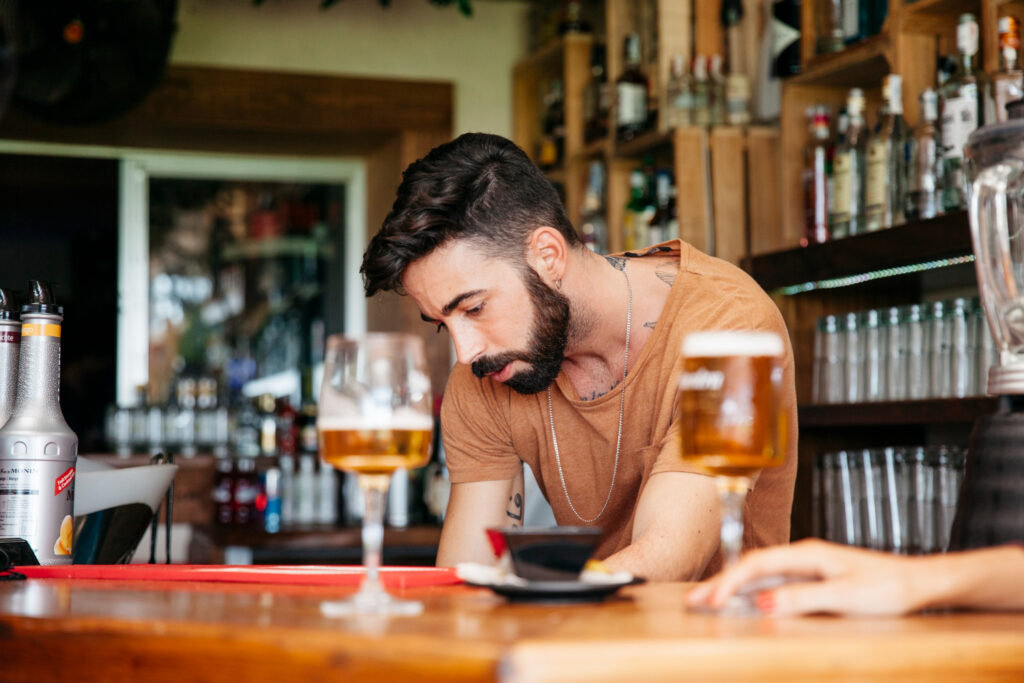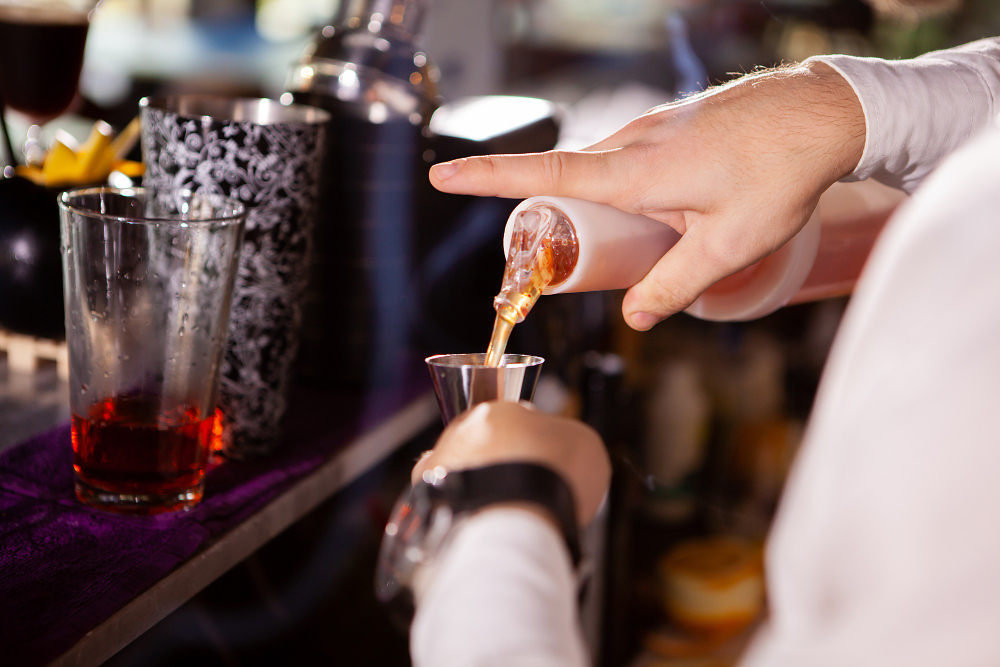Alcoholism Interventions
The psychological therapies developed to reduce or eliminate alcohol use mainly use techniques based on classical conditioning, such as the extinction of the physiological signs of craving, and in the operant, such as the development of alternative reinforcements that replace the one provided by alcohol.
From the psychosocial perspective, the interventions aim to increase and maintain the patient’s motivation throughout the treatment. There is a great diversity of psychosocial interventions based on different theoretical orientations for this purpose.
Most psychological treatments for alcoholism are based on the cognitive-behavioural model. This assumes that said substance is a powerful reinforcer capable of maintaining the self-administration of alcohol. Thus, the cognitive-behavioural model offers an alternative to the classical approach to alcoholism as a disease and, therefore, to the medical model.

psychological treatments
The ultimate goal of psychological treatments in alcoholism is to reduce the person’s preference for alcohol while increasing their preference for other activities that will make it possible to maintain adaptive functioning in the long term.

non-problematic substance
Another objective could be training in non-problematic substance use, depending on the patient we find ourselves with, their resources and the family or social environment. It is what has been called controlled drinking.

treatments for alcoholism
Currently, in psychological treatments for alcoholism, we can differentiate two large blocks of intervention: those aimed at abstinence and those whose objective is to achieve non-hazardous consumption.
It is used in patients who lack adequate inter and intrapersonal skills or cannot control their emotional state except through alcohol. It has been seen that drinkers consume less alcohol if they have an alternative coping strategy in a stressful social situation.
An example could be the manual by Monti et al. (2002) that provides social strategies for both the patient and their support network without resorting to consumption.
Community Reinforcement Approach
It is oriented to change the lifestyle related to substance consumption. It includes techniques such as problem-solving, behavioural family therapy, social counselling, and job search training. It can also be used for controlled drinking.

Behavioural Marital Therapy
It consists of moving from alcohol consumption being reinforcing to abstinence being the goal. Involvement in satisfactory activities is sought, especially those that do not involve drinking, together with the couple.
Aversive Therapy
The goal is to reduce or eliminate the individual’s desire for alcohol. Different stimuli or images are used to achieve a negative conditioned response to the cues related to drinking (colour, smell…).
Different aversive stimuli have been used, from the classic electric shock with Kantorovich in 1929 to chemical aversion or imagination.
Relapse Prevention
The best-known is that of Marlatt and Gordon. Great weight is given to the client as responsible for their behaviour change and, therefore, for maintaining said change once it is achieved.
Relapse prevention must consider the increase in coping strategies in high-risk stress situations.

Treatments Aimed At Controlled Drinking
They are used when the person does not want to reach complete abstinence or does not have physical problems. The most representative program of this group of psychological treatments for alcoholism is that of Sobell and Sobell.
The Sobell and Sobell Program aims to prevent problem drinkers from becoming chronic. It is part of a self-management approach since the objective is to carry out a brief intervention in which the individual puts many of the strategies taught into practice independently.
The Sobell and Sobell program lasts four weeks and is conducted on an outpatient basis. It is intensive in the clinic but with enough homework. It claims that, finally, the person produces his change.

